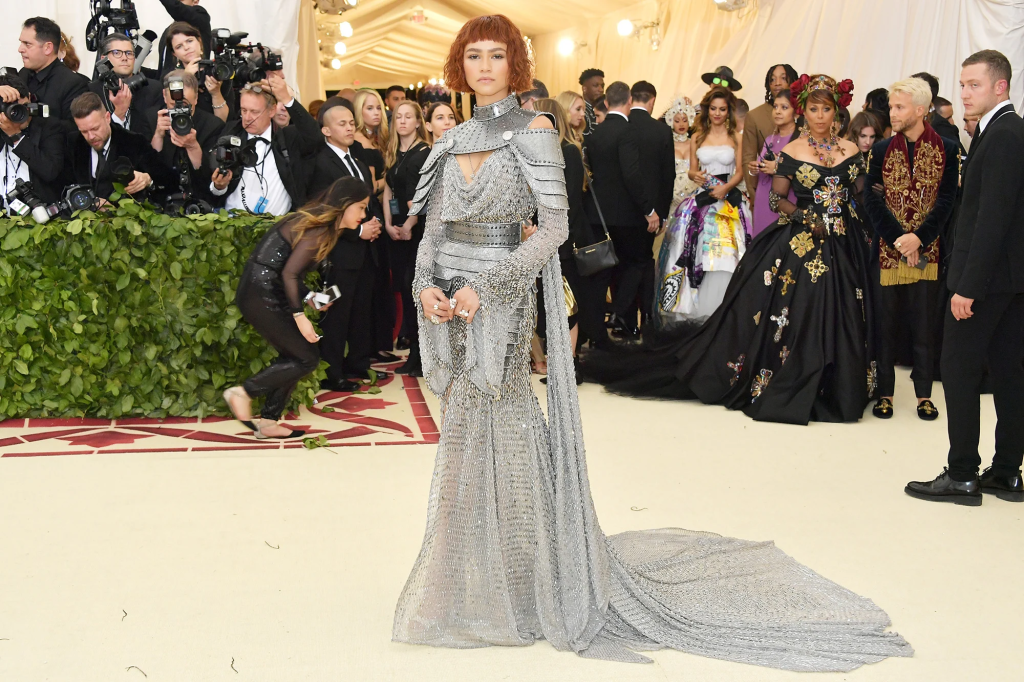Why pop culture’s love of Joan of Arc endures

More than 800 years after her birth, Joan of Arc — a patron saint of France — remains an object of not just historical, but cultural fascination. Over the summer, we’ve witnessed Chappell Roan’s armor-clad performance at the VMAs, a space-age Joan of Arc figure clothed by fashion designer Jeanne Friott and leather artisan Robert Mercier at the Olympics opening ceremony, not to mention Baz Luhrmann’s announcement last month that Joan of Arc will be the subject of his next film.
Her pop culture inspiration has lasted across the decades. In 1997, a now-iconic photoshoot featuring Fiona Apple captured by Joe McNally shows the indie pop artist riding the subway in a medieval knight suit and sword. “The pictures,” McNally wrote on Instagram, “have been played endlessly on Twitter for reasons unapparent to me.” Ten years later, Chloe Sevigny donned a choppy peroxide wig, a partial suit of armor and a white muslin peasant dress for her Joan of Arc Halloween costume. Most recently in 2018, Disney star turned fashion luminary Zendaya arrived at the Met Gala dressed as Joan in full chain mail and a bluntly cropped auburn bob for the “Heavenly Bodies” theme.
But what is Joan’s story, and why does her iconography appeal to the young starlets of today?
Humble beginnings
One of five children in a peasant family in Domrémy, in north-eastern France, Joan was born in the year 1412. Experiencing visions from a young age, Joan believed she was guided by God to save France from English invasion. Despite not being born with a fortune or aristocratic birthright, she was granted a rare audience with the Dauphin of France, the future King Charles VII, in February of 1429.


